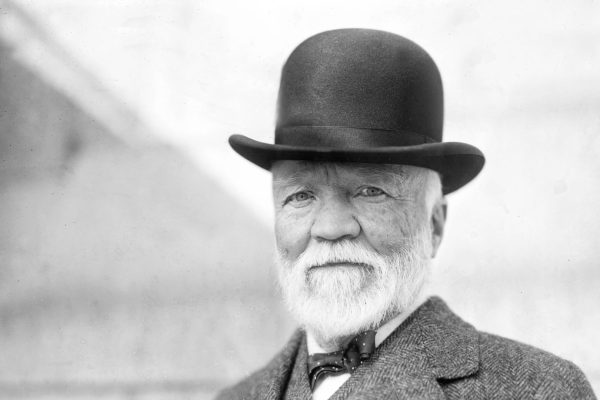
Andrew Carnegie: The Most Successful Businessman in History
Andrew Carnegie, a name synonymous with steel and philanthropy, is often regarded as one of the most successful businessmen in history. His journey from a poor immigrant to a steel magnate showcases a story of ambition, innovation, and generosity. This article explores the life, business strategies, and lasting impact of Andrew Carnegie, uncovering the qualities that made him a titan of industry and philanthropy.





















